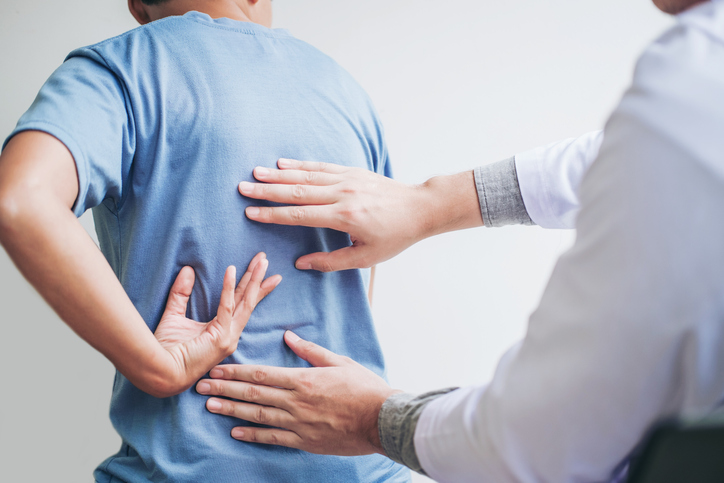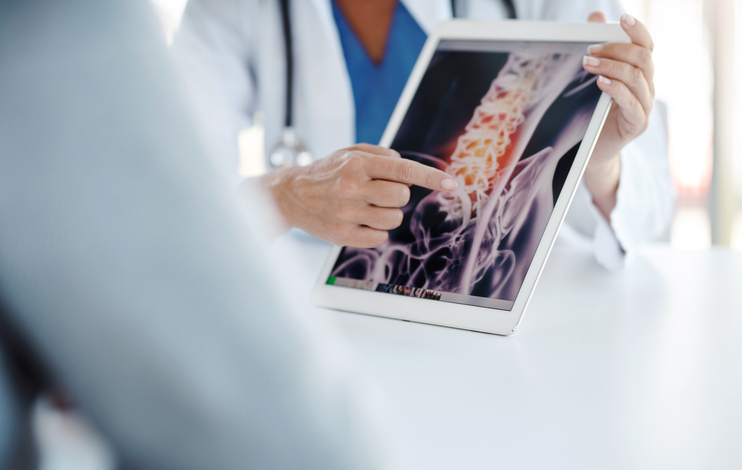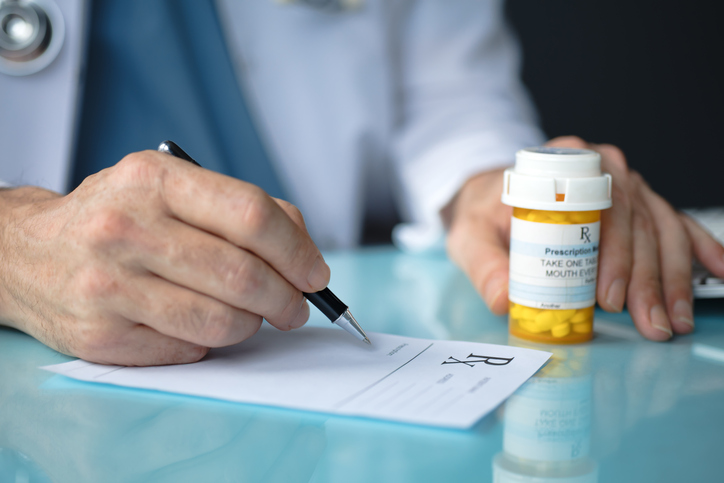Treatments
Living after Spinal Cord Nerve Stimulation Therapy

If you have been considering consulting your doctor about Spinal Cord Stimulation (SCS) to help manage your pain, you may be wondering what life is like after the procedure. SCS is a simple, minimally invasive procedure that helps you get back to the things you lost when experiencing severe pain.
Let’s take a look at what life is like for most people following the surgery.
Before You Leave the Hospital
Your doctor will adjust and program the pulse generator that is responsible for delivering the electrical pulses that help mask the pain. Your doctor will give you all the information you need about the generator, answer any questions that you may have, and you can even have access to clinical support specialists that help guide you through the process.
What Does the Remote Do?
You will receive a handheld programmer that allows you to activate the pulse generator. Most importantly, you can adjust the power level of the generator and use it to help customize the therapy for your personal situation.
Ideal Times to Use
Most people will use the generator during the day when the pain is worst. At night, once in a comfortable position, you can switch off the generator. It is to your preference depending on how bad the pain is. You can use it all day, if you wish.
Pain Levels After Surgery
Most individuals and companies view SCS as a successful treatment when it reduces the pain severity by greater than 50%. Relief may also vary based on body position, activity level, and prior conditions.
Generator & Other Devices
If you have devices such as a cell phone or microwave, you don’t have to worry about them negatively impacting the generator. Here’s a quick list of things that are safe around the generator: Cellular phones, Pagers, Microwaves, Security doors, Anti-theft sensors.
Traveling with the Generator
Airport security devices will detect the generator so remember to have your Implanted Device Identification card with you when traveling.
Medical Procedures & the Generator
Avoid the following medical procedures: Cardiac pacemakers, Chiropractic manipulation (possible but must consult with doctor first), Diathermy, Defibrillator, Electrocautery, MRI, Ultrasound.
Life Overall
Many patients report positive results following the procedure and feel as if they are in control of their lives again. Talk with your doctor if you have any specific questions regarding benefits and risks.


















